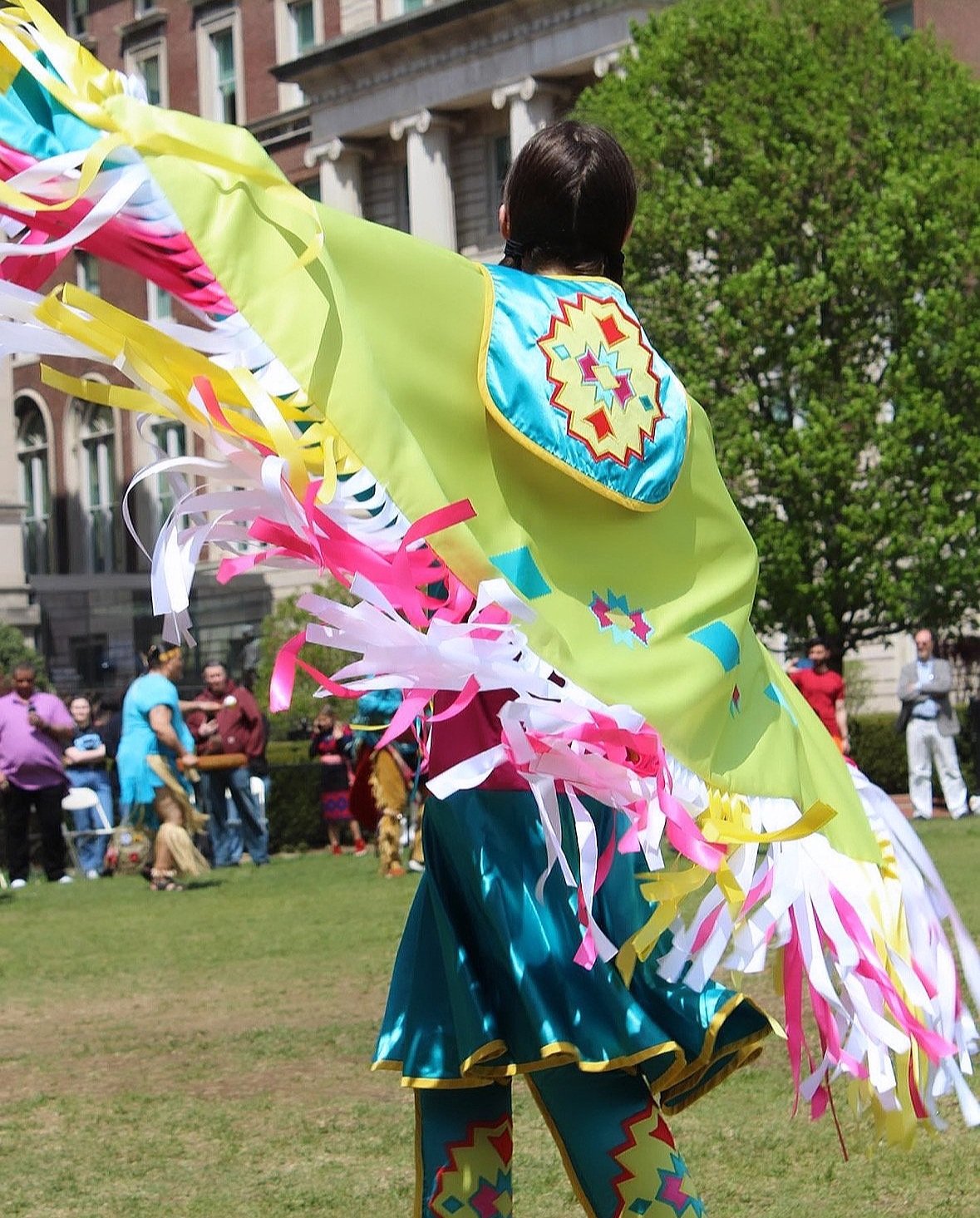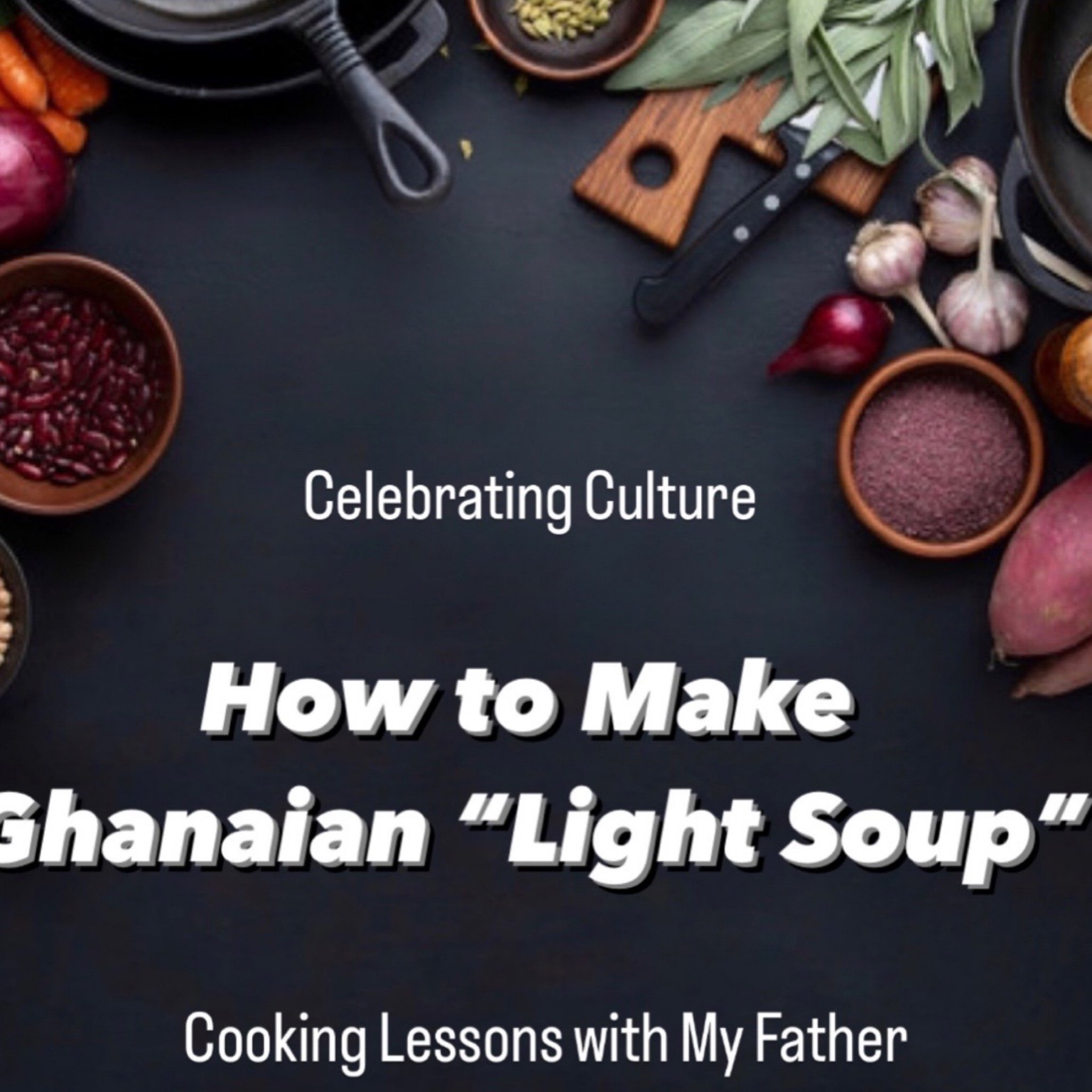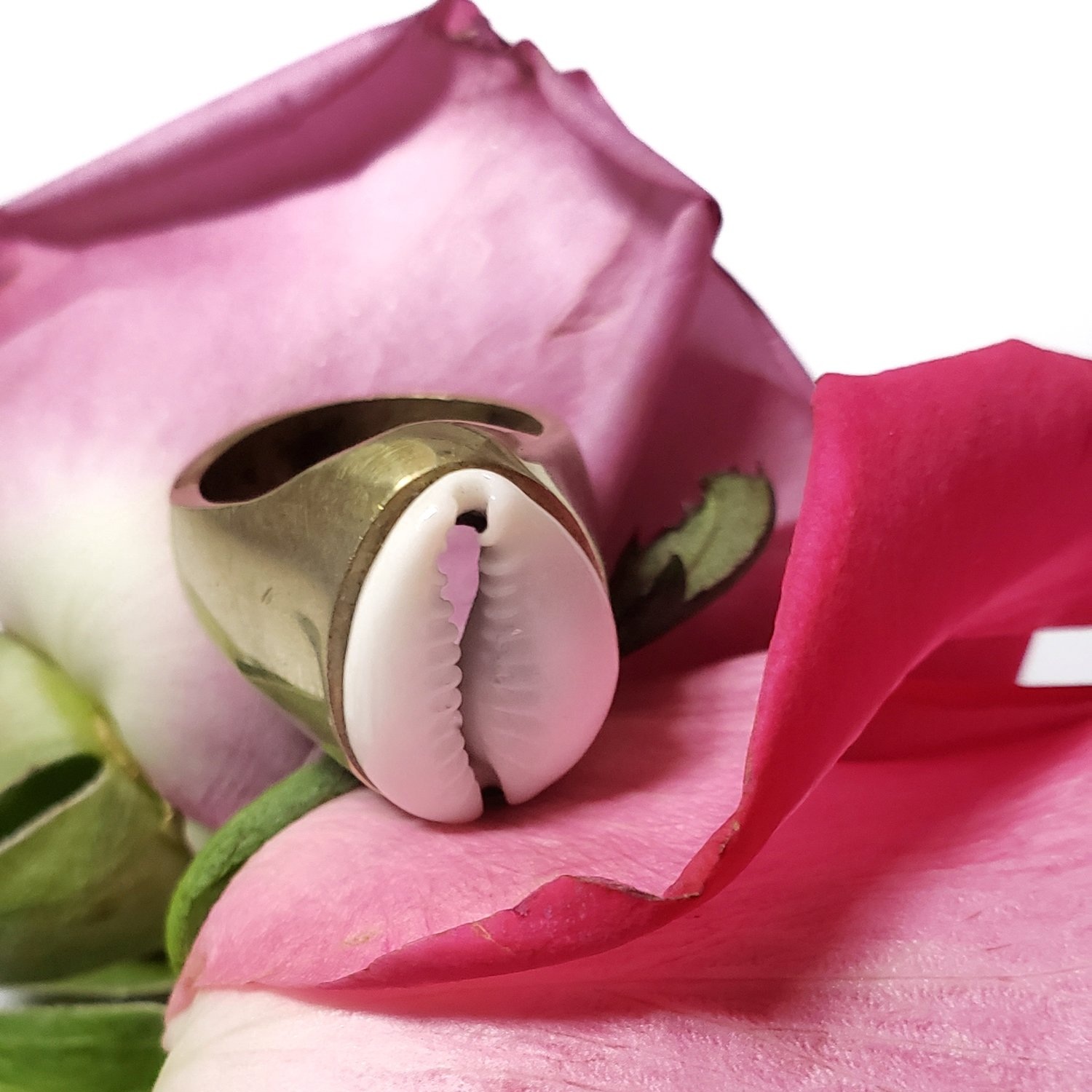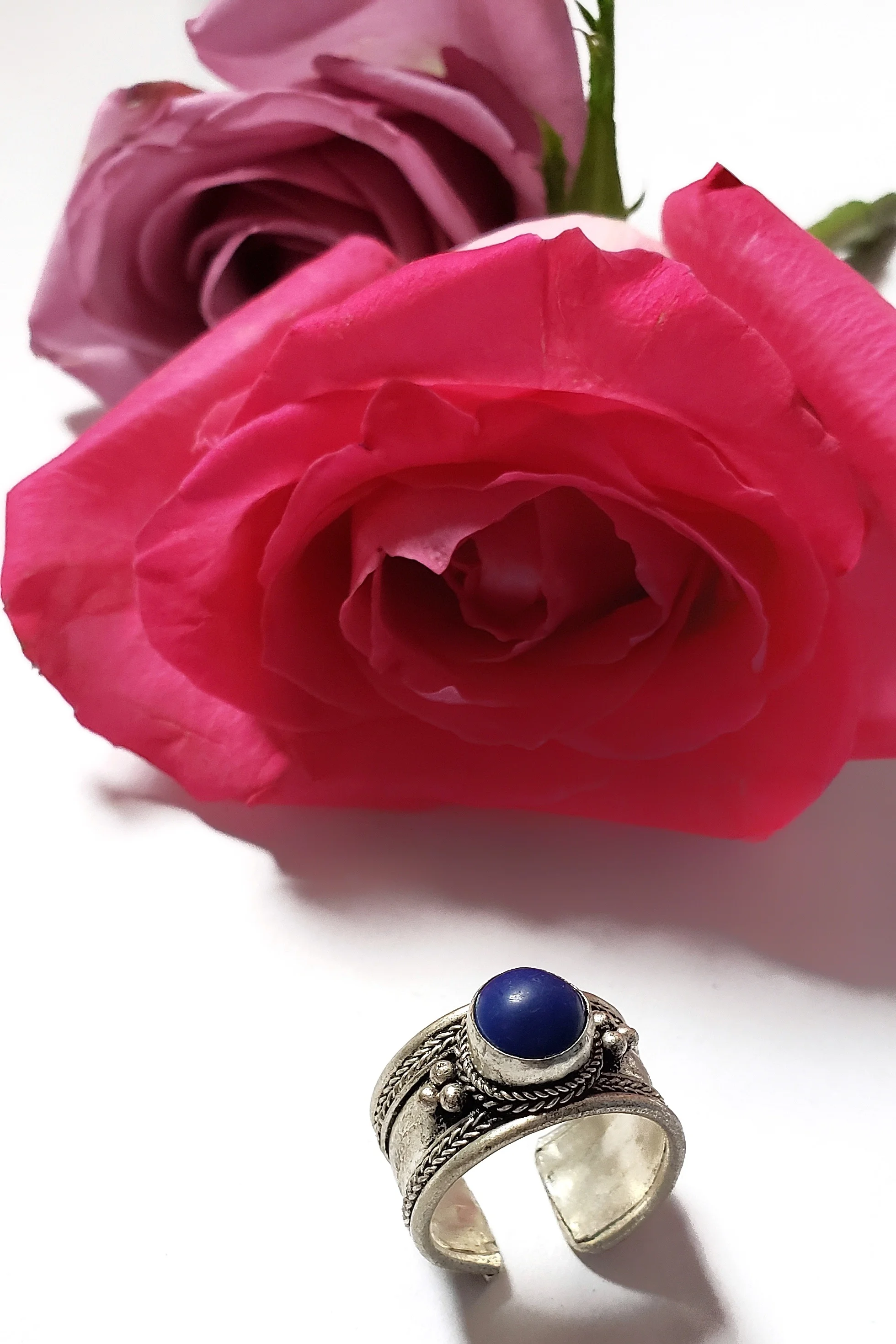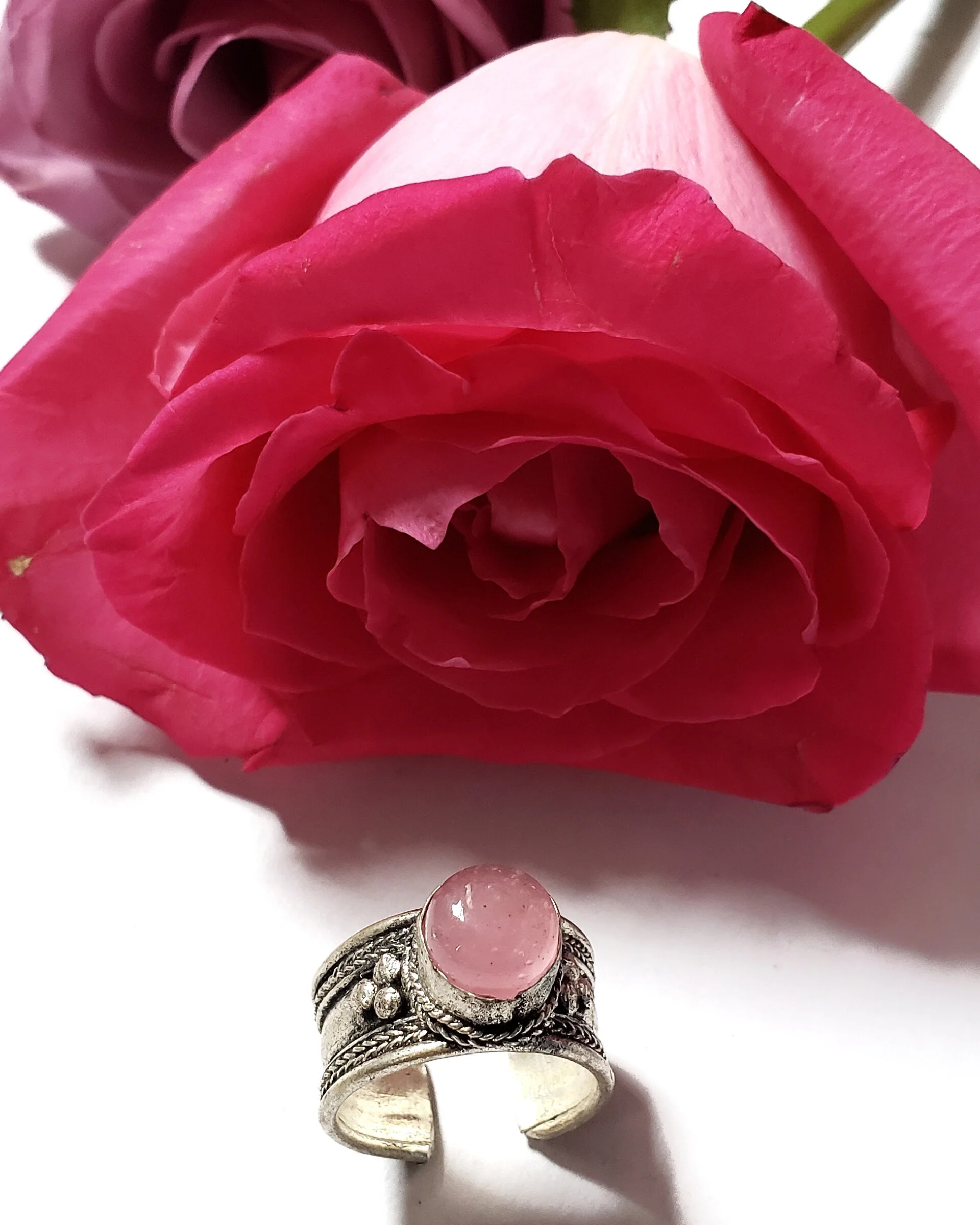Water crashes gently off the shores of the surrounding cliffs, then rolls casually back out towards the horizon. As the sun shines warmly overhead, the ocean breeze gently blows over the local vegetation while drying the unexpected tears I find falling from my eyes. Had this been any other location, it would have made for the classic picturesque postcard. However, despite its unmistakable beauty, it’s hard to consider any place formally known as “Suicide Cliff” … The place where many of my ancestors perished, as anything other than a place of resilience and strength.
Hey Royal Fam,
This week on the blog, in partnership with the U.S. Virgin Islands (U.S.V.I) Tourism Board, we visit St. John, U.S.V.I as the second installation of my homecoming series.
After several years visiting the Caribbean and coming home specifically to St. Thomas, the larger sister island in the U.S.V.I, this trips was the first time I had the blessed opportunity to visit St. John. Long touted as the place my mother hoped to retire, prior to arriving? I knew of the island only abstractly as a place of slow living, beautiful greenery, and an extension of my people.
For a bit it of context, like many others throughout the diaspora, I began the process of investigating my heritage in recent years … Searching for answers to the questions humans have had for several millennia. “Who am I and where did I come from?” My own research of my maternal line has taken me as far back as 1876 in the U.S.V.I, back when it was part of the then “Danish West Indies.” During this recent trek home to St. Thomas, I came fully prepared to delve deeper into my history and uncover more pieces of my life puzzle. Little did I know, this trip to St. John would bring me that much closer to finding some much needed answers.
Cruz Bay, St. John, U.S.V.I
After hopping one of the hourly ferry shuttles between the Red Hook neighborhood of St. Thomas and the Cruz Bay neighborhood of St. John, we arrived dockside in the just under 40 minutes. Initially, our tour the island included visits to the newly constructed medical center named after famed nurse and midwife, Ms. Myrah Keating Smith … Followed by a personally guided tour through the Virgin Islands National Park.
Subsequently, after a short scenic drive, we arrived to one of the most emotionally moving spaces I have yet to experience, The Annaberg Historic Site. Built in the early 1800s, this location served as one of the foremost sugar plantations active on the island of St. John. Consistent with the brutal experiences of the Trans-Atlantic Slave Trade, plantations throughout the Caribbean were notorious for child labor (as young as five), inhumane conditions, and high slave turnover. As a key dropping off point for "difficult slaves," in time, Caribbean plantations became known as “the graveyard for slaves in the Americas," as the lifespan of newly arrived Africans was only about 10 years after enslavement.
Annaberg Plantation: Sugar Mill - St. John, US.V.I.
It was in the midst of this backdrop that tears began to spring to my eyes. The ruins of the Annaberg Plantation became all too real as descriptions of the lives of the enslaved began to be told. Stories of slave workers sweltering in 130º outdoor cookhouses … Laboring from dawn ‘til dusk under tropical heat conditions to carve out farmland from the surrounding hilly terrain … Building the sugarcane windmill completely by hand, only to have it serve as the daily work tool of their enslavement … These stories, and many more simply overwhelmed me.
These people … My people endured this inhumane treatment for centuries in this very place. Finally the weight of the experience began to overtake me, I turned my back on the plantation, and while still standing on the hilltop, turned to face the calm of the ocean. In that moment, only a few short miles from Tortola, part of the larger British Virgin Islands, it all began to make sense.
So often we casually play the game of hypotheticals, asking ourselves or others, “What would you do if” … And yet, here? In this moment? I had no answer. This same view, which at the moment provided a much needed comfort, is officially named “Mary’s Point.” Colloquially however, it became known as “Suicide Point," coined by those alive at the time.
Trunk Bay St. John displaying the close proximity to Tortola, British Virgin Islands
Ultimately, for many of the enslaved, the choice was simple. Having learned through tragedy, that the "safer route" to the ocean was maliciously booby-trapped with poisonous manchineel trees which burned the skin on contact, escape often came in two forms. Freedom by way of jumping from various points on the cliffs, then making the treacherous swim to nearby British isles who received emancipation a decade earlier? ... Or freedom, by way of not surviving the initial jump, but achieving death.
Those who remained, obtained their release when “Emancipation Day” finally came to the U.S. Virgin Island on July 3rd, 1848. However, not before major uprisings occurred throughout the three islands. For example, in 1733, the enslaved revolted and took over much of St. John for nearly one year until French troupes arrived to help retake control. Tap the following link for additional information on Virgin Island Slave Revolts.
In all, this trip has pieced together even more of the pieces of my family history while also reinforcing the pride I have a woman of Virgin Islands decent. My roots are here. This soil is mine. These islands are the birth-place of my mother … Grandmother … Great-grandmother and Great (2x) Grandmother. As a part of the Caribbean diaspora, I firmly believe our stories deserve to be heard / told from our own perspectives. We, the storytellers of this new generation, have the power to showcase our respective corners of the world … To live out our ancestor’s wildest dream … To demonstrate the that Caribbean holds copious amounts of world history … That is, if one knows where to look.
Bonus
If you loved this bit of my personal cultural history, you’ll love my first homecoming installation where I highlight a few favorite locations and small businesses (like the creator of this swimsuit) from around St. Thomas, U.S.V.I. Hope to see you there!






